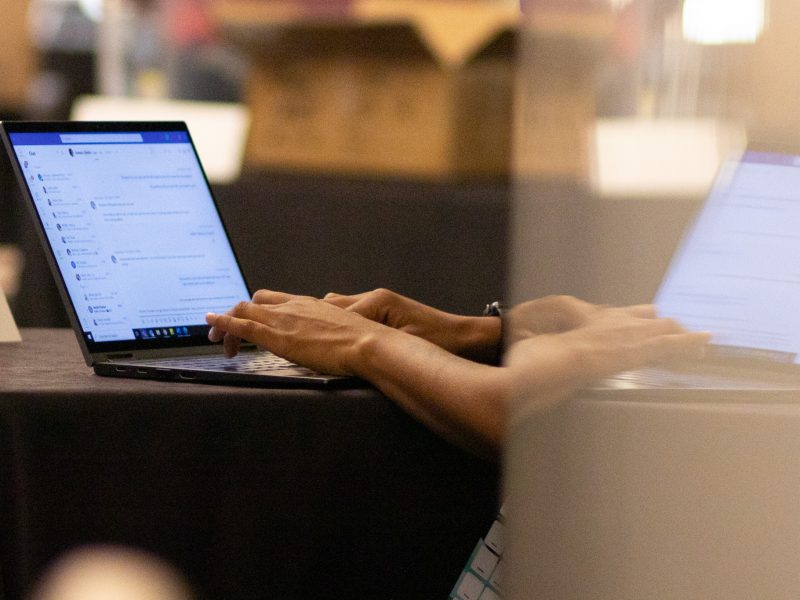Views expressed in opinion columns are the author’s own.
The RHA Senate voted last week to support a Department of Transportation Services request to make the mBike service free for students. Currently, the bike-share program is available to students and faculty who register and pay a $35 annual fee. According to the company that manages mBike, as of May there were 163 bikes and 19 stations incorporated into the program, which provided more than 24,000 rides in its first year.
[Read more: RHA wants UMD to have a campus bike-share program that’s free for students]
The Residence Hall Association’s support is a major step toward providing students and other members of the University of Maryland community with much-needed relief. As the campus becomes increasingly overwhelmed with cars — Admitted Students’ Open House Day was like something out of a disaster movie — and parking spaces are in short supply, alternative means of transportation are becoming increasingly popular and necessary.
The mBike expansion would be a great development for this university, but it raises the question: If we’re trying to decrease car usage and traffic throughout campus, what else can this university do to encourage other alternative forms of transportation?
[Read more: College Park’s bike-share program will expand after a successful first year]
There isn’t an easy solution to our reliance on cars. Bike-sharing isn’t a panacea, either. It’s certainly a step — one of many — in the right direction toward a truly car-less campus. But if we really want to achieve that goal, students and faculty are going to need a lot more than just free biking.
There’s been a lot of focus recently on the Purple Line, a planned light-rail system that would run through the heart of this university and connect with other planned stations throughout Maryland. This plan is controversial; some think it will be convenient, others think it will alter the atmosphere of the campus too much. Whatever stance you take on the line, it won’t be operational until 2022 — and students and faculty need solutions sooner than that.
We aren’t the only campus with this problem, though. We can learn from other colleges’ alternative means to handle car congestion and usage.
Take Cornell’s “Ithaca Carshare,” which is similar to this university’s affiliation with Zipcar but is heavily pushed across various Cornell university websites as an alternative to daily car usage. The idea behind Zipcar and Ithaca Carshare is generally the same — they’re both car-sharing services that members of the community can access by registering, paying a fee and then paying per hour of use. But the push by Cornell for students and faculty to access and use the service is far greater than this university’s advertisement of Zipcar.
We can also take a look at the University of North Carolina, which provides fare-free public transit throughout the Chapel Hill area for students. This solution would actually be fairly straightforward for this university to implement in College Park — subsidize Metrobus fares for students and faculty to reduce car usage on campus. If people can park off the campus and take a short bus ride in, and not have to fight for parking in the process, then everybody wins.
All of these alternatives might be costly. But simple fact is that this university can’t strip away parking spots without providing people alternative options for getting to and from campus. If this university truly wants to see a car-less future, it needs to begin pushing for more alternative options than just the Purple Line. It’s a great project and will certainly change the transportation game in Maryland, but that will be when it finally gets here — not now, when we actually need new options.
Caitlin McCann is a sophomore communication major. She can be reached at caitlinmccann32@gmail.com.



